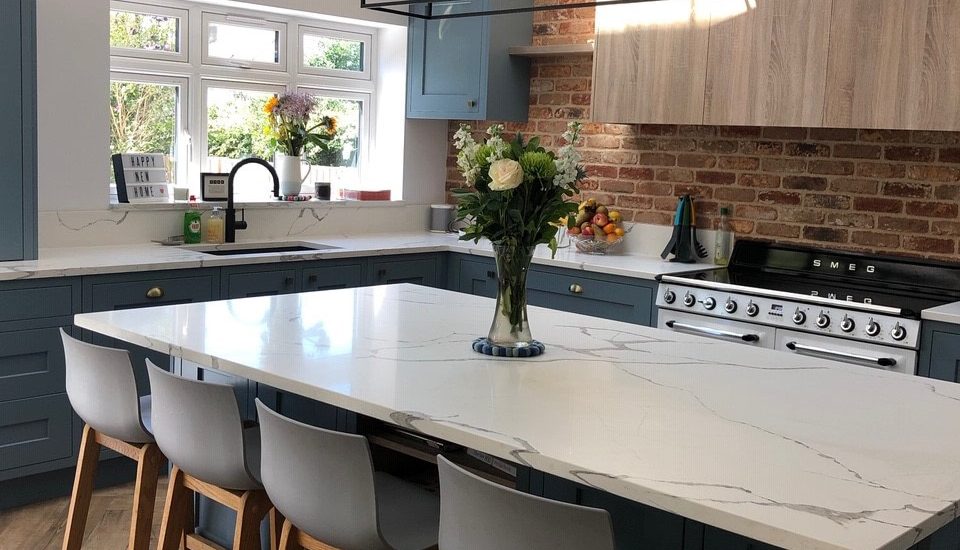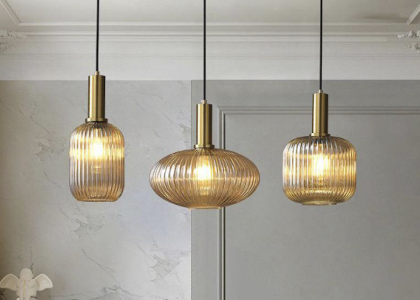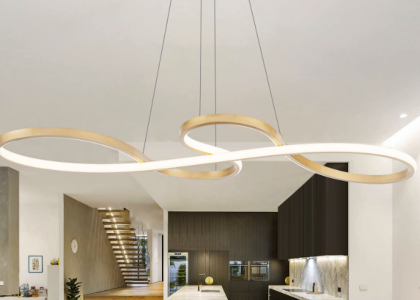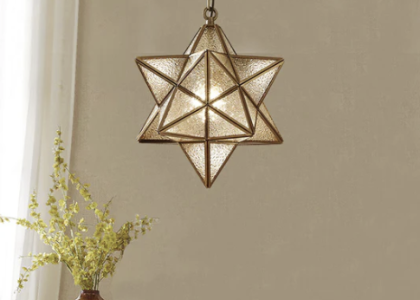When it comes to designing a room for your children, every detail counts. From the color scheme to the furniture, everything needs to be perfect. No less important is the lighting. The right ceiling lights can bring a magical touch to your children’s room and set the mood for fun playtime or a restful sleep. Here’s how to choose the perfect ceiling lights for your children’s room:
Consider the Room’s Function
Your children’s room might have multiple functions, so it’s important to choose ceiling lights that can adapt to different needs. For example, you might want overhead lights that are bright enough for your kids to play games or do homework during the day, but can be dimmed in the evening to create a soothing ambiance for bedtime stories.
Another option is to have multiple ceiling lights on separate switches, so your children can choose which lights they want to turn on and off depending on what they’re doing. This way, they can have a dim light on while reading or watching TV, but with the option of a brighter light if they need it.
Think About the Style
The style of your children’s room is also an important consideration when choosing ceiling lights. If your children’s room has a theme, such as outer space or the ocean, you might want to choose lights that match the theme. For example, star-shaped ceiling lights can add a magical touch to a space-themed room, while fish-shaped lights can make a great addition to an underwater-themed room.
However, if your children’s room doesn’t have a specific theme, you might want to choose ceiling lights that match the overall style of the room. Modern and minimalist lights can work well in a contemporary room, while vintage-inspired lights can add warmth and charm to a classic room.
Consider Safety
Safety is a crucial consideration when choosing ceiling lights for your children’s room. You’ll want to ensure that the lights are securely installed and that there are no cords or wiring that your children can reach. You might also want to choose lights that are made of safe and durable materials, such as non-toxic plastics or metal.




